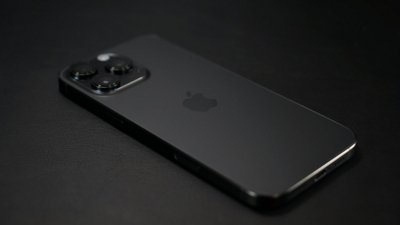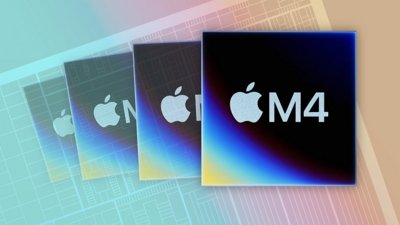Apple Inc.'s next big step into wireless may well be an integrated cellular broadband module, says one source — but would have a unique spin on an established formula.
Declining to provide company names due to the sensitive nature of the work, the industry source claims that Apple has asked for a PCI Express mini-card adapter that would be integrated within its portables and provide WWAN (Wireless Wide Area Network) connections without resorting to an external ExpressCard or USB modem.
This sort of integration is far from new to the industry. Dell, HP, and many other top-tier notebook PC makers regularly offer these internal adapters as a factory-installed part for some of their models, especially business systems. Unlike Wi-Fi, however, the cost — which typically sits at $180 or higher — discourages most builders from including the adapter by default. The Apple module would most likely fit that pattern and come only as an option, according to the source.
As is often the case with Apple, however, the implementation is said to be anything but standard.
Most internal 3G cards are installed near the logicboard for reasons of convenience and space. Not so with Apple, which is reportedly looking to install the 3G card inside the display lid. The unique position would be used to improve the card's overall performance by distancing it from the electromagnetic interference near the mainboard as well as lifting the receiver to a less obstructed position.
By doing this, Apple would improve the signal reception of the 3G card and (by extension) improve the transfer speeds, according to the source.
What's unclear from the report, however, is which networks Apple is looking to support. The source was unable to identifying whether or not Apple would produce a card for EVDO Internet access, which is supported by Sprint and Verizon in the US, or HSDPA, supported by AT&T and European carriers.
Apple already has a connection to AT&T's network through the agreements made for the iPhone, though neither company has revealed plans for Internet access beyond the handset's support for the slower 2.5G EDGE network. At the same time, the computer designer may have established the preliminary software groundwork for either AT&T or its rivals through the February WWAN update that added drivers for select EVDO and HSDPA external cards.
Also unclear was which systems would be the first to receive the 3G module. The contact shortlisted the MacBook Pro as a possible candidate, but declined to say whether the adapter would be ready in time for the near-future update. Then, of course, there's also that sub-notebook due out from the Cupertino-based Mac maker around year's-end.
If the source proves to be accurate, the add-on described to AppleInsider would give the company's notebooks greater equality with other pro-minded competitors, and potentially a slight advantage.
 Katie Marsal
Katie Marsal






-m.jpg)






 William Gallagher
William Gallagher
 Wesley Hilliard
Wesley Hilliard

 Christine McKee
Christine McKee
 Malcolm Owen
Malcolm Owen

 Andrew Orr
Andrew Orr





-m.jpg)




53 Comments
i think this is a great Idea!
When you say 3G, are we meant to assume GSM 3G?
exactly how fast is the 3G stuff in real life?
Yayyyy! Now I'll be able to buy a laptop with built-in cell technology that gets obsoleted every 3 months! Yayyyyyy!
No... Wrong.
Cell phones will soon be moving away from 3G and towards Wi-Max.
"I skate to where the puck is going to be, not to where it has been."
Anyone who believes this report is foolish.
-Clive